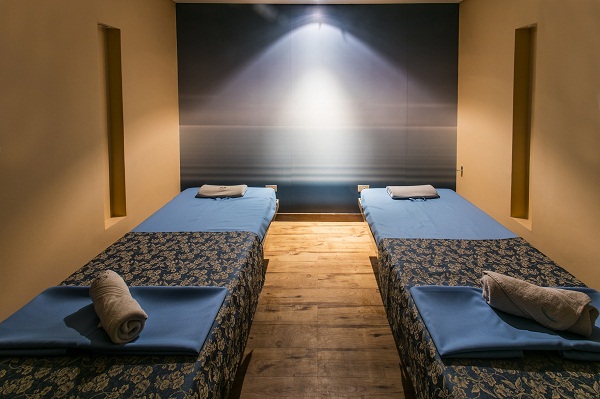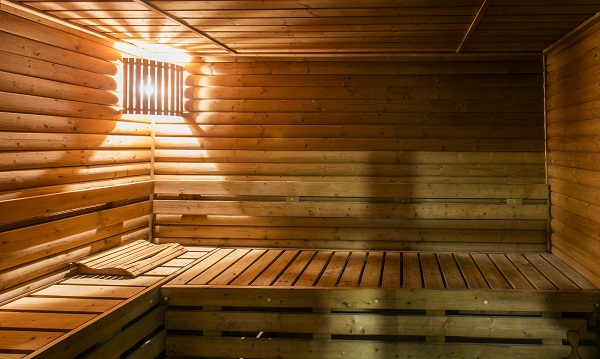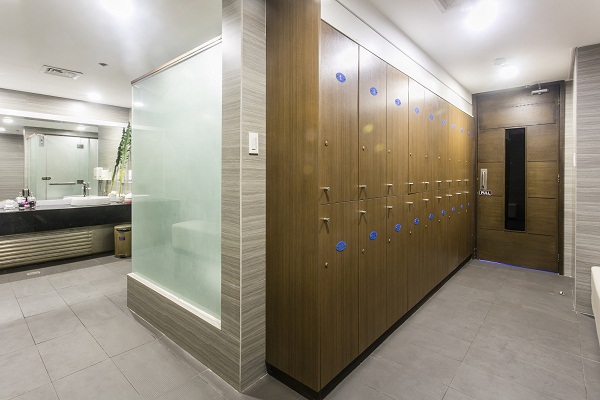You may not realize it, but massage affects the cardiovascular system. It dilates blood vessels, which helps them work more efficiently to promote circulation. The manual assistance of encouraging venous blood flow back to the heart enhances blood flow, which delivers fresh oxygen and nutrients to the tissue and promotes the removal of waste products and toxins. Thanks to the relaxed state you’re in during and after the massage, your heart rate lowers.
More known and expected are the benefits of massage to the muscular system. One of them directly ties to the cardiovascular benefits. The increased and enhanced blood circulation helps to relieve muscle tension, reduce soreness and make for a faster recovery. Then, the relaxed muscles can experience “an increase in range of motion and flexibility,”

These benefits include reducing stress and tension and anxiety while promoting relaxation by activating your parasympathetic nervous system. So you get an increase in dopamine and serotonin levels and a reduction in cortisol levels, which are directly linked to stress.
That relaxed, lowered-tension state encourages focus, a good thing to have before going into any sport, group exercise class or competition.
You’ll benefit more from a deep tissue or sports massage than you will a spa soft-and-gentle-and-smelling-good massage. However, these types of massage may not always be comfortable.

Athlete’s massage often involves a fast-paced massage, stretching and other approaches, depending upon the sport in which you participate. It can be tailored to be used as a pre-workout stretch and opportunity to warm up the muscles or used as a post-workout massage designed to reduce soreness and increase flexibility.
The deep tissue massage often is suggested by massage therapists because it works on particular issues you may have, applying heavier pressure on layers of muscles and other deep tissues. Don’t expect to be comfortable throughout this massage. It’s designed to get into knots and tension the muscles may be holding. But be prepared. With their attention to soft tissue aches and pains, either type of massage can leave you feeling sore.
Athlete’s massage is a type of massage that can alleviate pain occurring in certain parts of the body, which can be caused by too much physical activity. This type of massage was originally developed to serve athletes as a way to prevent and relieve injuries, but both athletes and non-athletes can gain physiological and psychological benefits from receiving sports massage therapy.

Delayed Onset Muscle Soreness Prevention
Athlete’s massage therapy can prevent or relieve delayed onset muscle soreness. According to the American College of Sports Medicine, delayed soreness typically begins to develop 12 to 24 hours after the exercise has been performed. DOMS may produce the greatest pain between 24 and 72 hours after the exercise has been performed. Sports massage therapy prevents delayed onset muscle soreness by encouraging blood and lymph flow throughout the body, preventing muscle fatigue.
Stress and Pain Reduction
Sports massage therapy can help a person manage stress. When a person receives a sports massage, their body releases neurotransmitters called endorphins. According to American Spa, endorphins are released by two centers of the brain known as the pituitary gland and the hypothalamus, and they act as the body’s natural pain reliever. Endorphins that are released due to receiving a sports massage help to decrease anxiety, provide pain relief, improve mood and enhance a person’s state of well-being.

